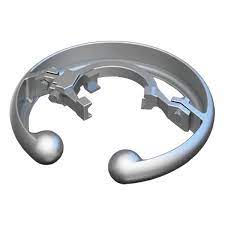
Corona ring refers to a component designed to reduce the effects of corona discharge on transmission lines. Corona discharge occurs when the electric field around a conductor exceeds a certain threshold. This leads to ionization of the surrounding air and the formation of a faint luminous glow. It can also result in energy loss, audible noise and damage to nearby equipment. The corona ring mounts on the high-voltage conductors or insulators. Their main purpose is to distribute the electric field to prevent the onset of corona discharge. It is from materials that resist electric current and corrosion. This is crucial for efficiency of various South American applications. Common types of corona rings include grading rings, end corona rings, interphase spacers and tubular rings. They find use in various applications such as transformers, insulator strings, high voltage bushing and, transmission lines.
Key features of corona ring
The corona ring has various features that help contribute to the effectiveness of corona rings in power systems. These features also make them a popular choice in the industry. The following are the key features of corona ring.
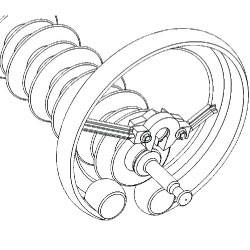
- Design – the design of corona rings meets the specific voltage levels of power systems in which they install. This ensures optimal performance in managing electric fields and preventing corona discharge.
- Corrugation – the corrugated surface enhances their effectiveness in controlling corona discharge. This is by optimizing the distribution of electric field.
- Installation flexibility – they have simple designs for installations on high voltage components. This is including conductors, insulators and transformers.
- Compatibility – they also have designs compatible with insulating materials. This helps ensure they work within the insulation systems.
- Material – the rings are from high-quality metallic materials such as aluminum or copper. They are best for conductivity and durability in challenging environmental conditions.
- Shape and configuration – this promote even electric field and distribution. It also aids in reducing the risk of corona discharge. Common shapes include flat rings, suspension rings and corrugated rings.
- Durability – corona rings have designs to withstand environmental factors. This is including exposure to weather conditions, UV radiation and temperature fluctuations.
- Compliance with standards – the corona rings must comply to industry standards and regulations. This is to ensure they meet safety and performance requirements.
Selection and installation of corona ring
Proper selection of corona ring helps to ensure optimal performance and reliability. It includes considering various factors such as voltage level, application, material selection, shape and configuration, installation compatibility and costs. The installation process should ensure its effectiveness in controlling corona discharge. It also helps maintain the integrity of high voltage components. The following is a general installation process for corona rings.
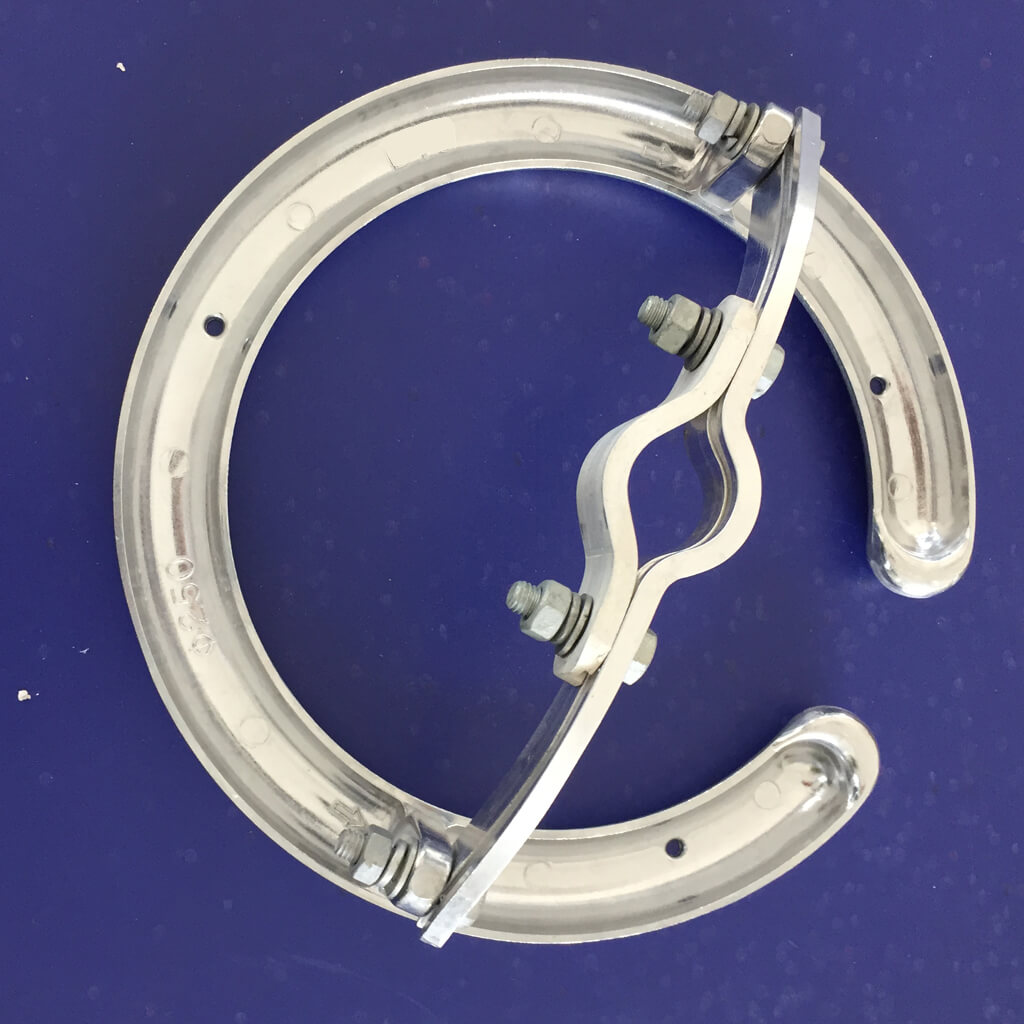
- Safety precautions – ensure proper safety procedures are in place. This includes wearing protective equipment.
- Corona inspection – inspect the corona ring for signs of damage. Ensure it meets the specifications for voltage levels.
- Installation site preparation – clear the installation site for any obstacles. This includes ensuring the conductors or insulators are clean and free from contaminants.
- Mounting location – identify the best mounting location for corona ring. This is depending on the specific requirements of the high voltage component.
- Mounting method – this varies depending on the type of corona ring and the component to install. Common methods include clamping, bolting or other secure attachment mechanisms.
- Alignment – ensure the corona ring aligns with high voltage component. It should position in the correct orientation.
- Secure the corona ring – use suitable tools and hardware to fasten the corona ring to the high voltage component.
- Electrical continuity – confirm the electrical continuity between the corona ring and the component. This is to ensure the effective distribution of the electric field and mitigate corona discharge.
- Final inspection – conduct a final visual inspection after installation to ensure the corona ring is securely mounted.
- Documentation – maintain detailed records of the corona ring installation. This is including the date, location and any specific considerations.
Maintenance and inspection of corona rings
Frequent maintenance and inspection of corona rings helps to ensure the continued effectiveness in corona discharge control. It also helps to maintain the reliability of high voltage components. This also helps to identify and address potential issues that may cause failures and lead to power outages. Additionally, it helps to ensure the longevity and performance of the power system. The following is a basic guide for maintenance and inspection of corona rings.
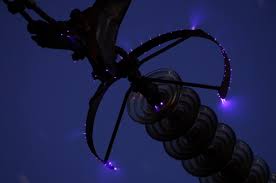
- Establish a routine inspection schedule for corona rings depending on the operating conditions, environmental factors and manufacturer recommendations.
- Perform visual inspection of the corona ring to check for signs of physical damage, corrosion or wear. Check the attachment points and ensure it is securely mounted.
- Ensure the corona ring and surrounding area are free from dirt, debris or contaminants.
- Ensure the alignment of the corona ring with the components. Misalignment can affect its ability to control corona discharge.
- Check the tightness of bolts, clamps or other fasteners used to secure the corona ring. This may compromise the stability and its electrical continuity.
- Perform an electrical continuity test to ensure there is solid connection between the corona ring and the component.
- Confirm the material of the corona ring maintains its corrosion resistance.
- Conduct functional tests to simulate the conditions under which the corona ring operates.
- Keep detailed records of each inspection taking down notes on repairs, observations or replacements.
Comparative analysis of corona ring in South America
Conducting a comparative analysis for corona rings involves evaluating their usage, challenges and benefits. It may also include various factors such as brands, types, designs and technologies used in the development. It also includes evaluating the key player in the market including Brazil, Argentina, Chile, among others. Additionally, it is advisable to consult with industry experts for guidance on market dynamics and industry reports. The following are the key factors to include in the comparative analysis.
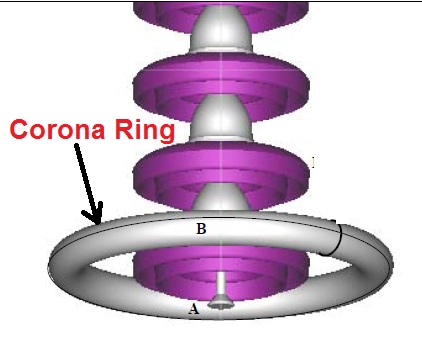
- Environmental factors – consider the diverse conditions in south America and assess how they impact performance and longevity.
- Technological advancements – investigate any technological advancements incorporated into corona rings. Assess whether they improve efficiency, durability and environmental resilience.
- Industry collaborations – examine the collaborative efforts between south American countries, industry players and research institutions.
- Future trends – predict emerging trends in the use of corona rings in South America. Consider factors such as the integration of smart technologies and advancements in materials.
- Usage in power transmission – explore how different South American countries incorporates corona rings in their power transmission systems.
Certifications and standards in South America
Corona rings comply to various certifications and standards in South America. They help to ensure the rings meet the specific regulations for use, manufacture and performance. Many South American countries adopt the international standards for use of corona rings. Additionally, it is crucial to check with local regulatory bodies and industry associations. The following are the key certifications and standards in South America.
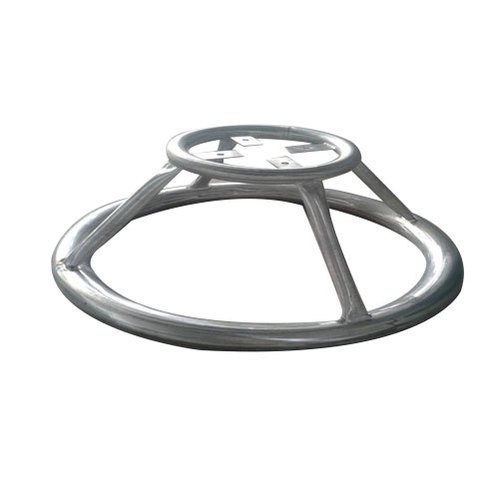
- IEC standards – this provides international standards for electrical, electronic and related technologies. They also include the design and testing of high voltage equipment including corona rings.
- IEEE standards – this provides guidelines for corona rings used on electric power transmission and distribution systems.
- Local regulations – these are local standards for each country applicable to corona rings.
- ISO standards – these standards provide guidelines on materials, testing and performance of the corona rings.
- Industry association guidelines – these include associations related to electrical engineering and power systems. They provide guidelines for best practices for use of corona rings.
- Product certification – manufacturers of corona rings should adhere to relevant product certifications. The certifications are from recognized testing laboratories to ensure the products meet established standards.
Regional market for corona rings in south America
There are various factors that influence the regional market for corona rings in South America. They also affect the demand, supply and availability of corona rings. These factors include market dynamics, trends, technological advancements and manufacturers. Additionally, it is advisable to consult with industry reports, market research and professionals for guidance on the best market practices. The following are the factors influencing the regional market for corona rings.
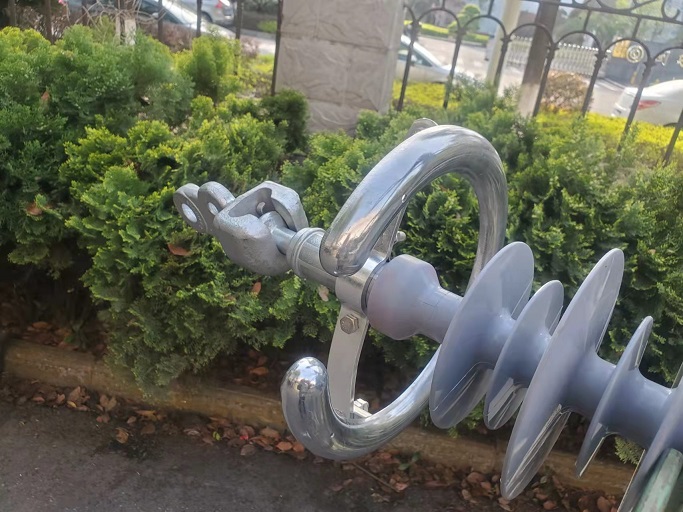
- Renewable energy integration – integration with the grids increased the need for strong equipment including corona rings.
- Technological advancements – advances in corona ring technologies influence the market dynamics in various ways. This includes innovative materials and designs of corona rings.
- Economic factors – economic stability impact infrastructure investments including the power sector
- Market competition – the availability of local and international manufacturers affects pricing and product offerings in the market.
- Maintenance and replacement needs – replacement needs of existing power infrastructure contributes to the demand for corona rings.
- Environmental factors – corona rings should withstand the specific environmental conditions and offer durability and resistance.
Frequently asked questions
A corona ring is a device used to control the corona discharge in electrical equipment. Corona rings helps to reduce the electric field around the conductor and prevent corona discharge from affecting south American applications.
Environmental variability impacts the selection and performance of corona rings in various ways. Factors such as altitude, precipitation, temperature and pollution reduce the effectiveness and increase wear and tear of the corona rings.
